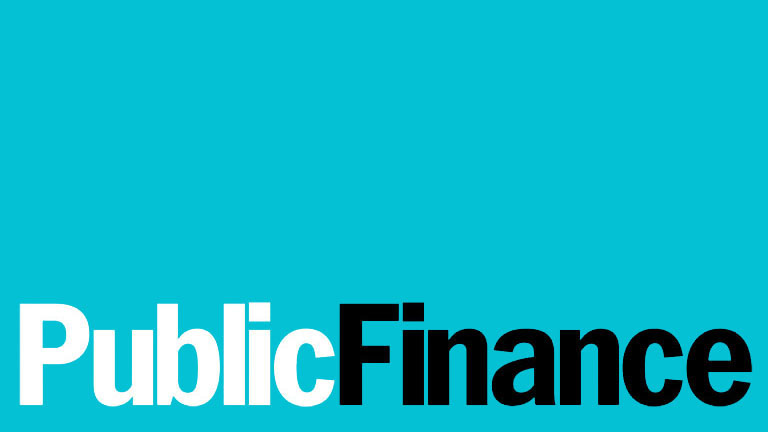The use of video and audio on websites is growing with the help of platforms such as YouTube. Such content can also be a vital transparency tool
When is a business plan not a business plan? I am sitting in my office watching Cabinet Office minister Oliver Letwin and Chief Secretary to the Treasury Danny Alexander give evidence to the Commons Public Accounts Committee on the relationship between departmental business plans and deficit reduction.
PAC chair Margaret Hodge looks at the ministers with the demeanour of a patient, if slightly frustrated headmistress, as they usefully explain that the new Departmental Business Plans are not intended to be business plans in the traditional sense. They are rather ‘plans for how the government is going to deliver in its business’. They thereby provide the tools and transparency for holding both the government and departments accountable for progressing the coalition’s agreed plans.
Watching the video provides so much more than just reading the transcript. The written evidence confirms details such as the review and monitoring processes. However, the video link allows you to see the eyes and expressions of the individuals, as well as the rapport between them, as they comment on issues such as the working relationship between Numbers 10 and 11 Downing Street.
Transparency is about much more than just putting transactions and documents online. Video has the potential to transport you into the bear-pit of politics and give you a seat at the table alongside decision makers. But do we understand how to get the best from this powerful medium?
Video is now common on many websites and is increasingly available on mobile phones. YouTube provides a very inexpensive platform to hold and distribute video content. Also, video conferencing via Skype and more sophisticated systems is now widely used and will become increasingly important as we reduce travel and expand remote working.
While most office work continues to be based around written text, leading analysts predict that within three years more than a quarter of the online content workers see on a daily basis could be dominated by pictures, audio and video. This means that staff might have to develop new skills and new ways of working, and managers will need to ensure that access to video and other rich media are used to aid productivity rather than becoming distractions.
This brings me back to the PAC video. One small example, it runs for more than two hours and twenty minutes. I ran it on my PC while I was doing e-mails, catching up and drinking coffee. I stopped it for phone calls and meetings, and when I got bored. It took me more than three days to get most of the way through it. Is there a better way of homing in on and going back to the bits that really interest me?
The Massachusetts Institute of Technology, for instance, offers a service called Lecture Browser, which enables the viewer to watch a video and see the transcript below. It provides the ability to search lecture transcripts for key words and links directly to the video to let you see and hear the context. It would be great if this sort of simple linking of video and searchable text could be widely applied to the rapidly expanding video and audio content that is becoming available in the UK.
If like me, for example, you subscribe to the TheyWorkForYou website, which provides e-mail alerts on topics and speakers of my choosing in parliamentary debates, it could link not only to the relevant portion of the published debate but also to the corresponding webcast.
Could this relatively simple and low-cost aid to transparency be incorporated into one of the departmental business plans, please?
John Thornton is an independent adviser and writer on business transformation, financial management and innovation. [email protected]









